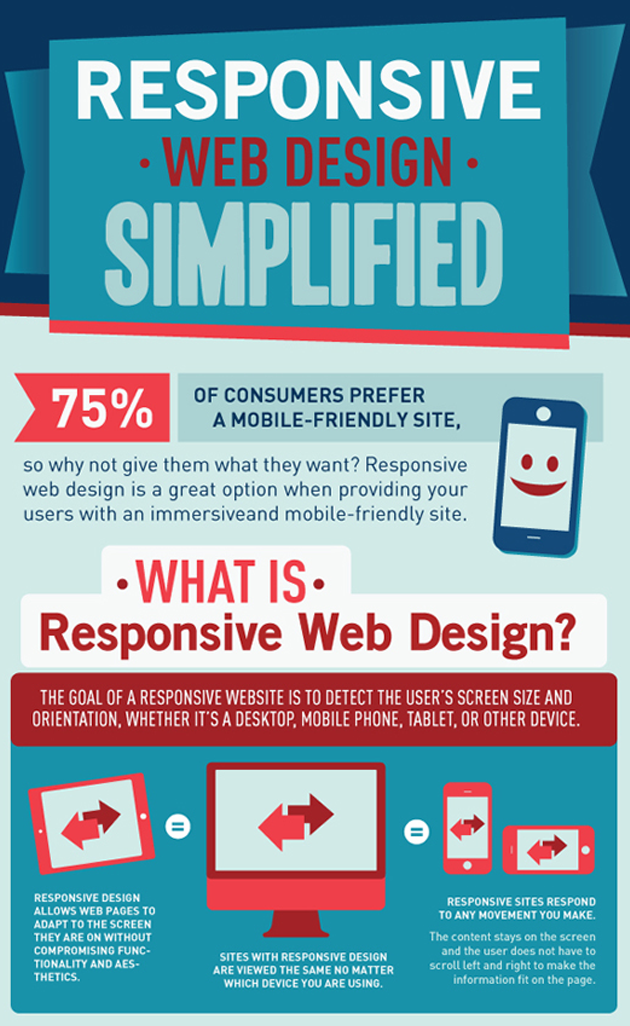Website Design: A Trip With Time.From Humble Beginnings To Modern-Day Wonders, Web Site Layout Has Actually Undergone A Considerable Change For Many Years
Website Design: A Trip With Time.From Humble Beginnings To Modern-Day Wonders, Web Site Layout Has Actually Undergone A Considerable Change For Many Years
Blog Article
Material By-Johansen Wong
In the past, internet sites were straightforward and focused on information. Navigating was straight, and design was for desktop computers. Now, individual experience is essential. Information overviews designs for very easy navigation. Responsive layouts suit various tools. Today, dark setting lowers stress, and minimalist food selections boost navigation. Interactive features involve users, and vibrant visuals stand apart. AI combination improves interaction. See how design has evolved to improve your on the internet journey.
Very Early Days of Web Design
In the early days of website design, simplicity preponderated. Websites were basic, with minimal colors, font styles, and layouts. The focus got on providing information as opposed to fancy visuals. Customers accessed the web through sluggish dial-up links, so speed and performance were crucial.
Navigation menus were straightforward, normally situated on top or side of the web page. Websites were created for desktop, as mobile browsing wasn't yet prevalent. Content was king, and designers focused on very easy readability over complex layout elements.
https://www.youtube.com/watch?v=rP9uXmFYCXo was the main coding language utilized, and developers had to function within its constraints. Animations and interactive attributes were minimal contrasted to today's requirements. Websites were fixed, with little dynamic material or tailored customer experiences.
Increase of User-Focused Style
With the evolution of site style, a change in the direction of user-focused design principles has actually ended up being progressively prominent. Today, developing web sites that focus on customer experience is essential for engaging visitors and attaining organization goals. User-focused style involves understanding the needs, preferences, and habits of your target audience to tailor the site's layout, web content, and features accordingly.
Developers now carry out comprehensive research study, such as individual surveys and use testing, to gather understandings and comments directly from customers. This data-driven approach helps in developing intuitive navigating, clear calls-to-action, and aesthetically enticing user interfaces that resonate with site visitors. By placing the user at the facility of the design procedure, websites can supply a much more personalized and pleasurable experience.
Responsive design has actually also become a vital facet of user-focused layout, making sure that websites are optimized for different devices and screen dimensions. This versatility enhances access and usability, satisfying the varied ways individuals communicate with web sites today. Basically, the surge of user-focused layout indicates a change towards creating digital experiences that focus on the needs and assumptions of completion individual.
Modern Trends in Website Design
Discover the current trends shaping website design today. find a website designer is dark mode style, offering a streamlined and modern-day appearance while lowering eye strain in low-light atmospheres. An additional essential trend is minimalist navigation, simplifying menus and boosting individual experience by focusing on essential elements. Including micro-interactions, such as computer animated switches or scrolling effects, can develop a more engaging and interactive website. Responsive style stays important, ensuring smooth customer experiences throughout different gadgets. Additionally, using vibrant typography and asymmetrical designs can add visual passion and accentuate certain web content.
Integrating AI modern technology, like chatbots for consumer support or customized recommendations, boosts user interaction and streamlines procedures. Ease of access has likewise become a significant fad, with designers prioritizing inclusive layout methods to cater to diverse user needs. Welcoming sustainability by maximizing site efficiency for speed and effectiveness is one more emerging trend in web design. Teaming up with individual responses and information analytics to iterate and enhance layout continuously is essential for remaining relevant in the ever-evolving digital landscape. By embracing Read More On this page -day fads, you can produce an aesthetically enticing, straightforward internet site that reverberates with your target market.
Conclusion
As you review the evolution of site style from the early days to currently, you can see just how user-focused design has come to be the driving force behind modern-day trends.
Accept the trip of change and adjustment in website design, constantly keeping the customer experience at the forefront.
Remain present with the most up to date trends and technologies, and never ever quit evolving your technique to create aesthetically sensational and straightforward websites.
Advance, adapt, and produce - the future of website design remains in your hands.
